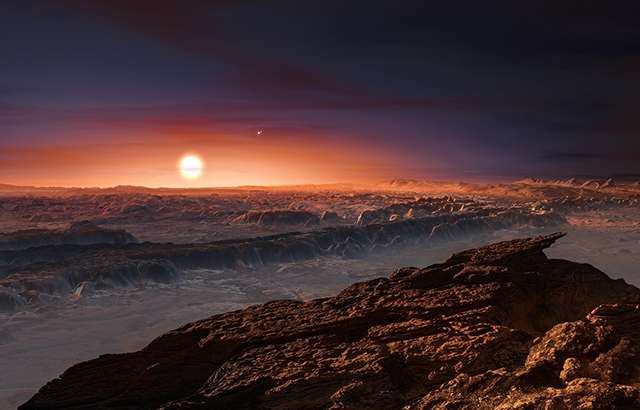The Great London:
Universe
Astronomy: Winds of rubies and sapphires strike the sky of giant planet

Breaking News: Saturn and Enceladus produce the same amount of plasma

Astrophysics: Theory that challenges Einstein's physics could soon be put to the test

Space Exploration: Scientists identify mineral that destroys organic compounds, with implications for Mars Curiosity Mission

Space Exploration: Venus Express' swansong experiment sheds light on Venus' polar atmosphere

Space Exploration: Mars' surface revealed in unprecedented detail

Breaking News: Solar storms trigger Jupiter's 'Northern Lights'

Breaking News: Cosmic beacons reveal the Milky Way's ancient core

Astronomy: Number of habitable planets could be limited by stifling atmospheres

Breaking News: New dwarf galaxies discovered in orbit around the Milky Way

Astronomy: Proxima b is in host star's habitable zone, but could it really be habitable?
